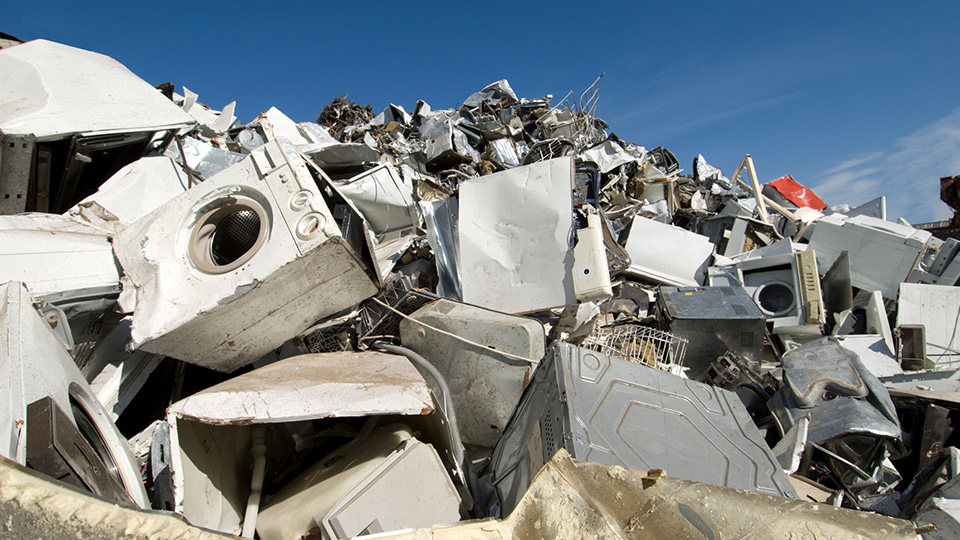Mercury is an environmental hazard that is used by industry, which can cause mercury poisoning and deadly Minamata Disease, but where exactly does it come from?
Fact is, it is a natural part of our environment. It occurs pretty much everywhere, but mostly in such tiny quantities that it doesn’t cause any harm. The problem is that mercury and its chemical compounds turned out to be useful for all sorts of things. The colourful mineral cinnabar, or mercury sulphide, has been used as a pigment for at least 10,000 years. It was even used for colouring food! But without an understanding of the need for careful handling and the proper disposal of mercury waste, mercury poisoning occurred on both small and large scales, with the most famous example occurring at Minamata in Japan in the 1950s.
The Origin Of Natural Mercury
All the mercury that is in industrial use today originally came from a variety of natural sources. In many countries cinnabar is mined and smelted to produce metallic mercury. Mercury is also a by-product of other mining activities, often being found in zinc, silver and gold deposits. It can be extracted from old mine tailings, and in some countries it is a by-product of natural gas production.
Mercury can be present in coal, creating a mercury waste management problem for some coal-fired power stations. The solution is to ‘scrub’ the mercury from flue gasses, which provides another source of mercury for industrial use.
Mercury Recovery From Industry
Mercury-based hazardous waste can arise both from the original mining of mercury and from many of the industrial processes in which it is used.
The good news is that it’s slowly being phased out of some processes and global demand for mercury is falling. As a result, and because mercury is highly recyclable, a lot of the current demand for mercury is now being met by recycled mercury.
Recycling mercury from industrial sources means there is much less need to mine ‘new’ mercury. Over time, if we recycle it from all sources, we can limit the total amount of mercury waste that we need to manage.
Mercury Waste Disposal Is Everyone’s Problem
It isn’t just industrial users who need to think about mercury disposal. Around the house, things like compact fluorescent lamps, electronic devices and some batteries are potential sources of mercury pollution. As Australia’s largest mercury recycler, we know that only a small fraction of this type of waste is actually recycled. Most still goes into landfill. If there is one thing more important than making sure we personally dispose of mercury containing items properly, it is to encourage our friends, families and colleagues to take the disposal of mercury waste seriously.
Householders can find collection points for fluorescent lighting, batteries and electronics at recyclingnearyou.com.au.
Ecocycle Are Australasia’s Most Experienced Mercury Recycler
Ecocycle are the only company to be fully licensed by the Environmental Protection Agencies in each state to handle the entire process of recycling mercury-containing waste. If you’re a business which handles and works with mercury, get in touch with us, and we will help you safely dispose of your mercury.






